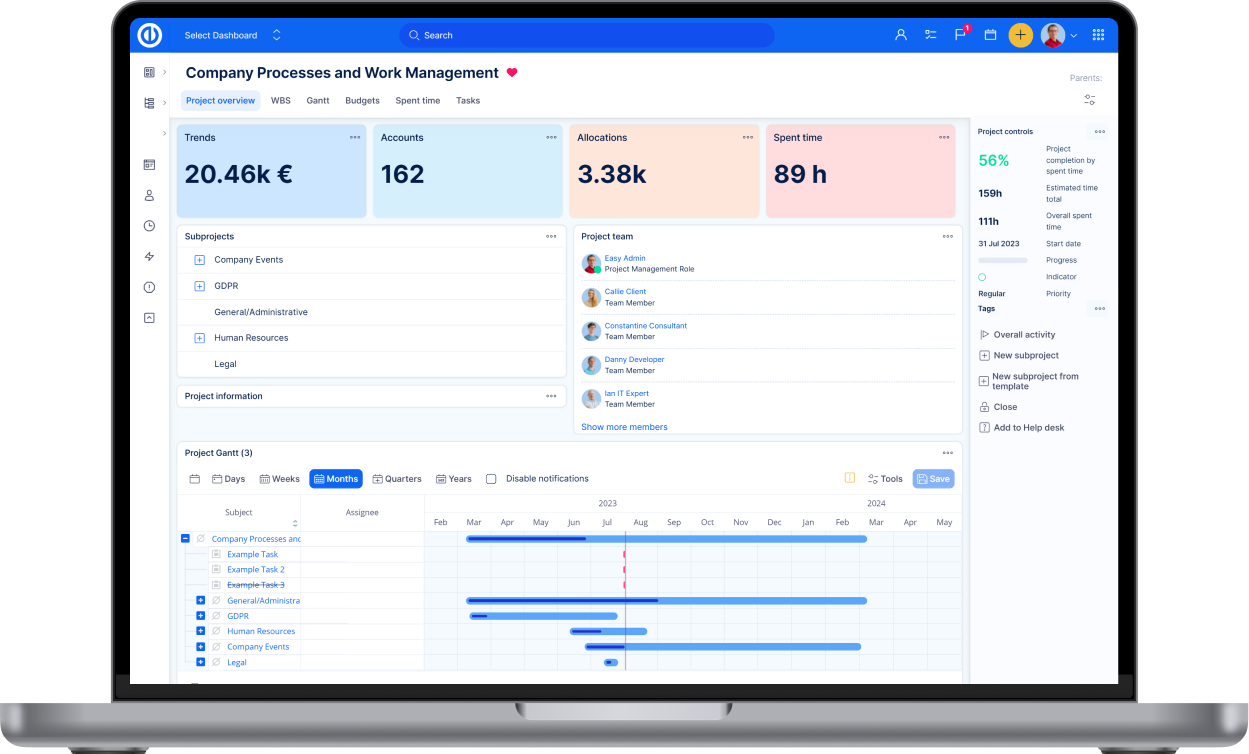What is the difference between cloud AI and on-premises AI?
The choice between cloud AI and on-premises AI largely depends on an organization’s specific needs regarding cost management, performance requirements, data security concerns, and customization capabilities. Each approach has its advantages and challenges that must be carefully evaluated before making a decision.
When considering Cloud AI, it operates on a pay-as-you-go model, resulting in variable costs that can scale with usage. Performance-wise, it offers high scalability, making it ideal for handling growing workloads, though it may be subject to potential latency issues. Scalability is a strong suit, as cloud AI can easily adjust to demand without significant infrastructure changes. However, users have limited control over the infrastructure, as much of it is managed by third-party providers. In terms of security, cloud AI offers advanced features, but it requires placing trust in external providers to maintain data security and privacy.
On the other hand, On-Premises AI requires a significant upfront investment but offers predictable ongoing expenses, which can be beneficial for long-term budgeting. It generally provides better performance in terms of low latency, as all processes occur within the local infrastructure. However, scalability is limited by the existing hardware, which may require additional investments to expand. The key advantage of on-premises AI is the level of control it offers—users have full control over the system, from hardware to software. This also extends to security, where organizations can implement custom security measures tailored to their specific needs, without relying on third-party trust.
